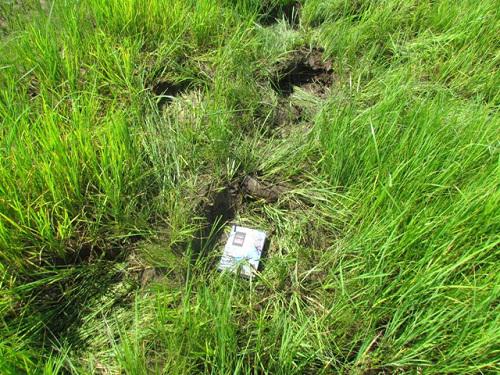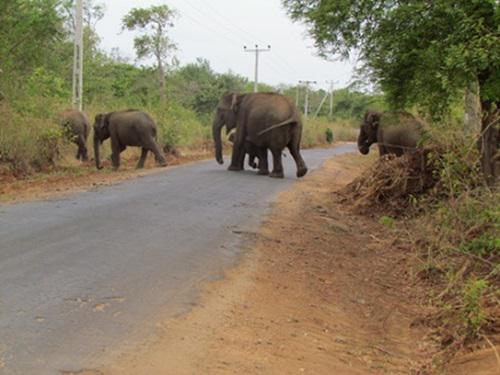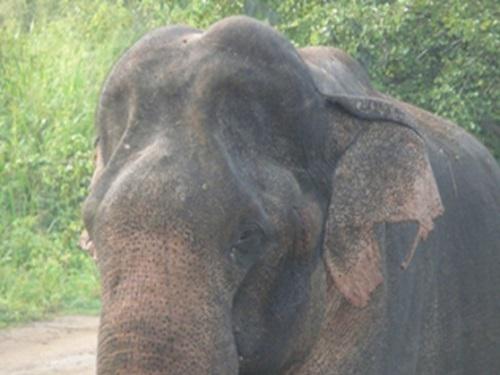Deegoda Gamage Ashoka Ranjeewa
Other projects
6 Oct 2015
The Enigmatic Crop Raiders of Udawalawe: A First Step Towards Mitigating Human Elephant Conflict (HEC) in Sri Lanka II
To identify elephants that involve in Human elephant conflict, their social associations and demography in the bordering villages of the Udawalawe national park and asses the human dimension of the HEC to suggest scientifically based sustainable solutions to mitigate human elephant conflict in the area.

A paddy field raided by an elephant.
Udawalawe National Park (UNP) in Sri Lanka is famous for Asian elephants. However, many elephants are also seen in the areas outside the protected area, which are heavily settled by people. The 52 farming villages surrounding the UNP keep expanding and encroaching in to traditional prime elephant habitats, so that Human Elephant Conflict (HEC), primarily crop raiding, has become a major problem. This project aims to study elephants and their role in the HEC as well as asses the human dimension of the HEC in the villages bordering the UNP in order to suggest sustainable, scientifically based management options to mitigate the HEC, which is essential for the survival of elephants in the area.

Inside the Dahaiyagala corridor.
The project will build on my previous six years of work on the demography of the male elephants inside the park. We will individually identify the elephants outside the protected area, giving special attention to crop raiders, comparing them with known elephants inside the park to determine how they fit in the population’s social structure. The habitat use patterns of both raiding and non-raiding elephants will be identified and mapped. Population structure of crop raiders will be determined by direct observations aided by indirect signs such as elephants' footprints and numbers and sizes of dung piles. A questionnaire survey will be carried out to determine the human dimension of the HEC.

Male.
Thus, the study will generate very important baseline data on Elephants outside the protected area and the impact of HEC on people. This will help the Department of Wildlife Conservation (DWC) to take more scientifically sound and sustainable management decisions to mitigate the HEC in the study area. A photo catalogue of the elephants will be made available to the department of wildlife conservation and other scientists, which will help to monitor the population dynamics in the long term. The study will attempt to generate a positive attitude towards elephant conservation and minimize the habitat encroachment by raising awareness among villagers about elephants.
It is vital that a solution be achieved where humans and animals will be able to co-exist sustainably. To reach such a delicate balance, a lot of ground work is needed and this initial part of the project aims to achieve this by gathering information and sharing them with the DWC, local authorities and people.